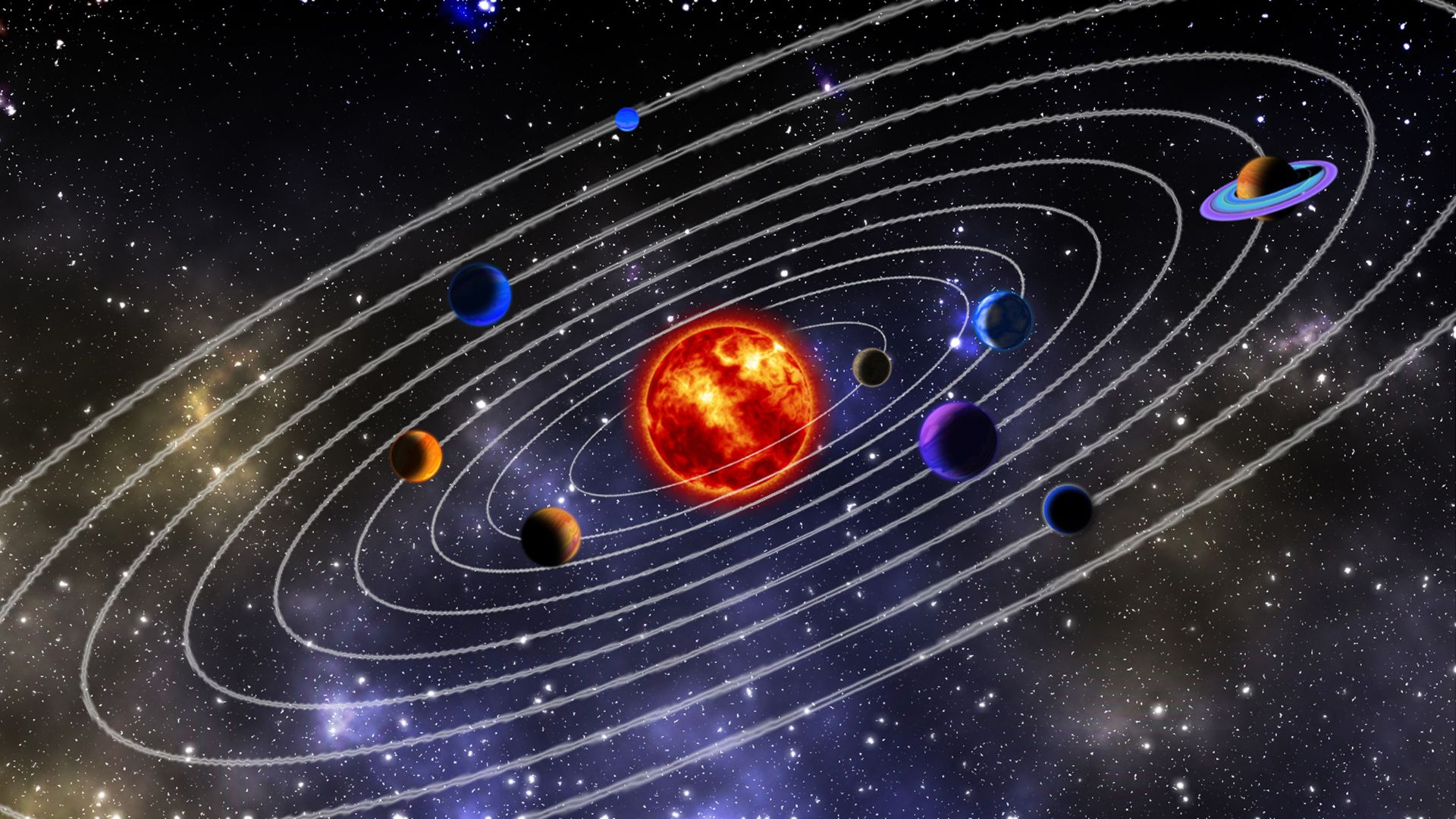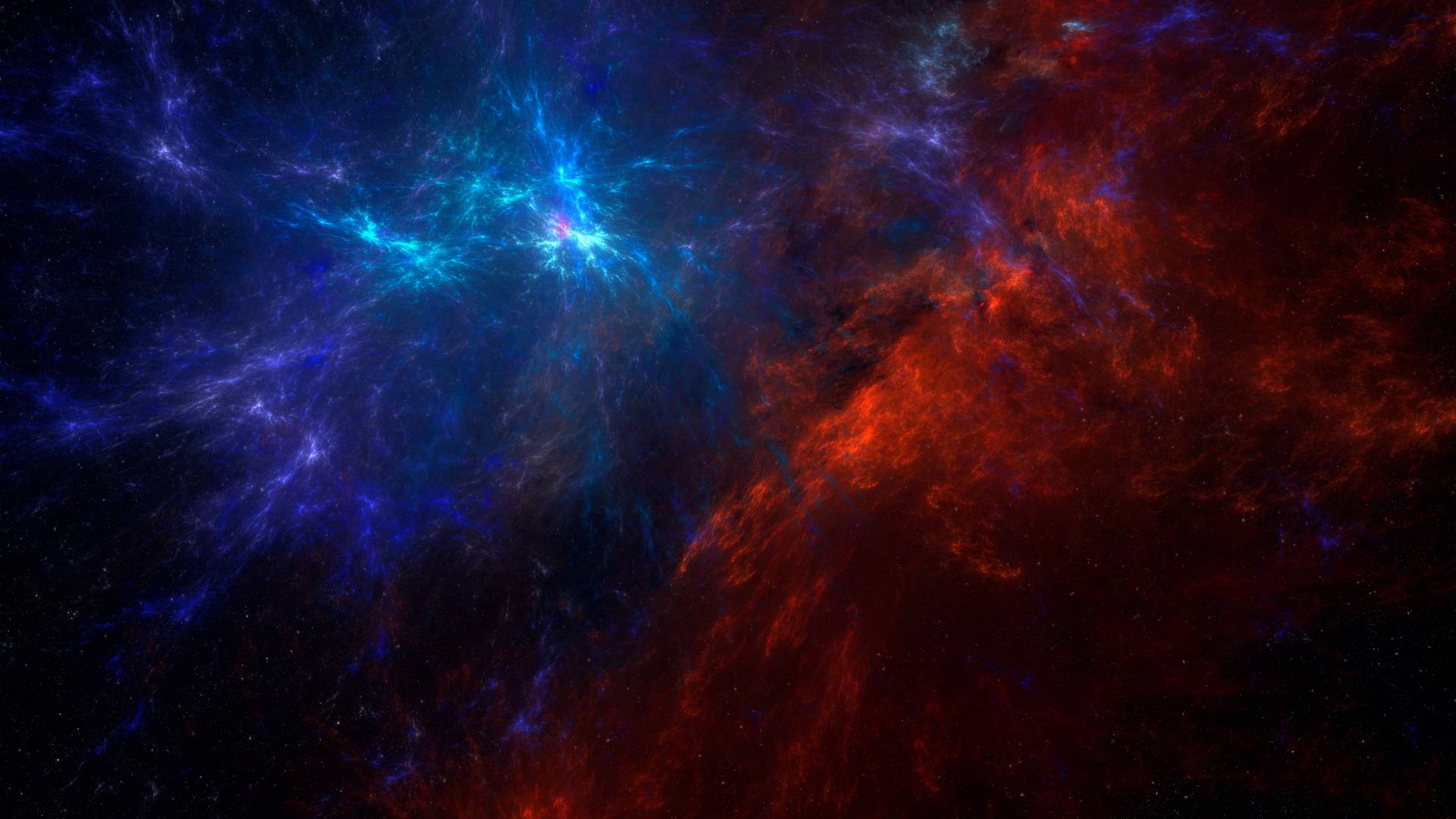In the grand tapestry of the night sky, planetary alignments stand out as celestial choreographies, captivating the eyes and imaginations of sky gazers throughout history.
These rare occurrences, where planets seemingly converge in a dance of cosmic harmony, unveil the beauty and precision of our solar system. Join us on an astronomical journey as we delve into the captivating realm of planetary alignments. stay with Spaceyv
The Dance of the Planets: What are Planetary Alignments?
A planetary alignment occurs when celestial bodies—primarily planets in our solar system—appear to line up along the same celestial longitude when viewed from Earth. While the planets orbit the Sun at different speeds and distances, the alignment results from the alignment of their orbital planes.
1. Defining Planetary Alignments:
- Planetary alignments occur when planets appear to align along the same celestial longitude when viewed from Earth.
- This alignment is a result of the planets sharing or coming close to sharing the same line of sight in our sky.
2. Orbital Planes and Perspectives:
- While planets orbit the Sun at different distances and speeds, their orbital planes create the illusion of alignment when viewed from Earth.
- The relative positions of planets change as they travel in their elliptical orbits, leading to dynamic and ever-changing alignments.
3. Inferior and Superior Alignments:
- Inferior alignments: Involve inner planets (Mercury and Venus) aligning with the Sun on the same side.
- Superior alignments: Feature outer planets aligning with the Sun on the opposite side.

4. Cyclical Patterns:
- Planetary alignments follow cyclical patterns influenced by the planets’ orbital periods.
- Some alignments occur more frequently due to the shorter orbital periods of inner planets, while others are rarer and involve outer planets.
5. Great Conjunctions: A Stellar Event:
- A noteworthy subset of planetary alignments is the “Great Conjunction,” often involving the gas giants Jupiter and Saturn.
- The 2020 Great Conjunction, where Jupiter and Saturn appeared exceptionally close, was a celestial highlight.
6. Observing the Planetary Dance: Tips for Sky Gazers:
- Utilize sky maps and astronomy apps to anticipate and observe planetary alignments.
- Telescopes and binoculars enhance the viewing experience, allowing a closer look at the planets and potential moons.
7. Scientific Significance:
- While planetary alignments do not have inherent astrological effects, they hold immense scientific value.
- Studying these alignments aids astronomers in understanding the mechanics of our solar system and refining orbital predictions.
8. Cultural Perspectives:
- Throughout history, planetary alignments have captured the imagination of cultures worldwide.
- Some societies attributed cultural or mythological significance to these events, interpreting them as cosmic omens.
9. Future Alignments: Anticipating Celestial Encounters:
- Stay tuned for upcoming alignments, including transits of inner planets across the Sun and the periodic Great Conjunctions of outer giants.
Occurrence and Rarity: A Celestial Synchrony
- Inferior and Superior Alignments:
- Inferior alignments: Occur when a faster inner planet (e.g., Mercury or Venus) aligns with the Sun on the same side.
- Superior alignments: Involve outer planets aligning with the Sun on the opposite side.
- Cyclical Patterns:
- Planetary alignments follow cyclical patterns influenced by the planets’ orbital periods. Some alignments occur frequently, while others, like the grand conjunctions involving outer planets, are rarer and more spectacular.

The Great Conjunctions: When Giants Align
- Jupiter and Saturn:
- The Great Conjunction of Jupiter and Saturn, occurring approximately every 20 years, is a spectacle where these gas giants come into alignment. The conjunction in December 2020 was particularly notable.
- Historical Significance:
- Throughout history, great conjunctions were sometimes considered celestial omens or markers of significant cultural and historical events.
Observing Planetary Alignments: Tips for Sky Gazers
Observing planetary alignments is a fascinating endeavor for sky gazers. Here’s a guide on how to witness these celestial events:
Stay Informed: Stay updated on upcoming planetary alignments through astronomical calendars, websites, or dedicated mobile apps.
Use Sky Maps and Apps: Leverage astronomy apps and online sky maps like Stellarium, SkyView, or Star Walk to identify real-time planetary positions.
Know the Planets: Familiarize yourself with the planets participating in the alignment, recognizing the unique characteristics of each.
Choose the Right Time: Planetary alignments are most visible at specific times of the year. Check local sunset and sunrise times to plan your observation.
Planetary Visibility: Understand the visibility conditions for each planet. Inner planets are often visible during twilight, while outer planets are best observed later at night.
Telescopic Observations: Enhance your observation with a telescope for a detailed view of planetary alignments. Adjust the magnification based on planet size and brightness.
Binocular Observations: Binoculars are ideal for bright planetary alignments, offering a wider field of view and making it easier to appreciate multiple planets’ arrangements.
Dark Sky Locations: Choose observation sites away from city lights to reduce light pollution, providing clearer views of celestial events.
Capture the Moment: Consider photographing or capturing time-lapse videos of the planetary alignment using a camera with manual settings or a smartphone with astrophotography capabilities.
Be Patient: Planetary alignments may unfold gradually over several nights. Exercise patience and observe the changing positions of the planets.
Share the Experience: Invite friends or fellow enthusiasts to join your observation. Sharing the experience enhances the joy of celestial events.
Safety First: When observing the Sun’s alignment with a planet, such as Venus or Mercury, use proper solar filters to protect your eyes and equipment.
Observing planetary alignments connects you to the dynamic motions of our solar system, offering a glimpse into the celestial intricacies that shape our night sky.

The Mystique of Planetary Alignments: Cultural Perspectives
- Historical and Cultural Significance:
- Various cultures throughout history attached cultural and mythological significance to planetary alignments, interpreting them as cosmic messages.
- Modern Scientific Understanding:
- While planetary alignments do not have inherent astrological or mystical effects, they serve as fascinating opportunities for scientific observation and public engagement.
Upcoming Alignments: Anticipating Celestial Encounters
- Mercury and Venus Alignments:
- Witness the delicate alignments of inner planets, such as the rare transits of Mercury and Venus across the Sun.
- Outer Planet Alignments:
- Stay tuned for future alignments involving the gas giants and their majestic dance in the night sky.
Conclusion: Reveling in Celestial Beauty
As we look up to the night sky, the enchanting ballet of planetary alignments reminds us of the dynamic interactions shaping our solar system. From the rhythmic dance of inner planets to the grand conjunctions of outer giants, these cosmic events connect us to the vast wonders of the universe. Whether observed through the lens of cultural history or the precision of scientific understanding, planetary alignments beckon us to gaze upward and revel in the celestial beauty that unfolds above. thanks for staying with Spaceyv.com



